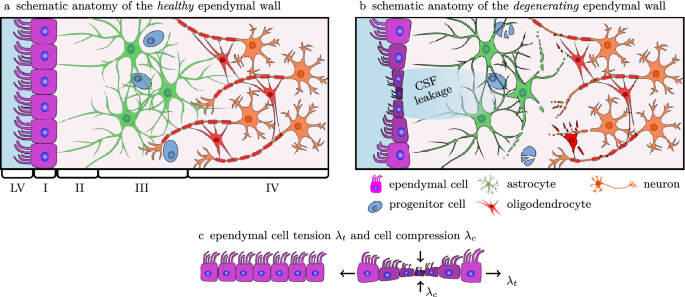

The FlyBrainLab software architecture is depicted in the Appendix 1-figure 1. Finally, the NeuroMynerva front-end exhibits an integrated 3D graphics user interface (GUI) and provides the user a unified view of data integration and computation (see Figure 2a (top) and Figure 2b). The Neurokernel Execution Engine (see Figure 2a) supports the execution of fruit fly brain circuits on GPUs. The NeuroArch Database stores neuroanatomy datasets provided by for example, Fl圜ircuit ( Chiang et al., 2011), Larva L1EM ( Ohyama et al., 2015), the Medulla 7 Column ( Takemura et al., 2017a) and Hemibrain ( Scheffer et al., 2020), genetics datasets published by for example, FlightLight ( Jenett et al., 2012) and Fl圜ircuit ( Chiang et al., 2011), and neurophysiology datasets including the DoOR ( Münch and Galizia, 2016) and our own in vivo recordings ( Lazar and Yeh, 2020 Kim et al., 2011 Kim et al., 2015).

To achieve tight integration of the three main capabilities sketched in Figure 1 into a single working environment, FlyBrainLab integrates fly brain data in the NeuroArch Database ( Givon et al., 2015) and provides circuit execution with the Neurokernel Execution Engine ( Givon and Lazar, 2016) (see Figure 2a). It is designed with three main capabilities in mind: (1) 3D exploration and visualization of fruit fly brain data, (2) creation of executable circuits directly from the explored and visualized fly brain data in step (1), and (3) interactive exploration of the functional logic of the executable circuits devised in step (2) (see Figure 1).ĭownload asset Open asset FlyBrainLab provides, within a single working environment, (left) 3D exploration and visualization of fruit fly brain data, and (right) creation of executable circuit diagrams from the explored and visualized circuit on the left followed by an interactive exploration of the functional logic of executable circuits. FlyBrainLab is uniquely positioned to accelerate the discovery of the functional logic of the Drosophila brain. To meet this challenge, we have built an open-source interactive computing platform called FlyBrainLab. Due to space limitations, we mostly focus here on exploring, analyzing, comparing, and evaluating executable circuits informed by wiring diagrams derived from neuroanatomy datasets currently available in public domain. The fruit fly brain data considered here includes neuroanatomy, genetics, and neurophysiology datasets. Likewise, there is a need to develop tightly integrated computing tools that automate the process of 3D exploration and visualization of fruit fly brain data with the interactive exploration of executable circuits. In the early 2000’s, automation tools introduced in computational genomics significantly accelerated the pace of gene discovery from the large amounts of genomic data. The era of connectomics/synaptomics ushered in the advent of large-scale availability of highly complex fruit fly brain data ( Chiang et al., 2011 Berck et al., 2016 Takemura et al., 2017a Scheffer et al., 2020), while simultaneously highlighting the dearth of computational tools with the speed and scale that can be effectively deployed to uncover the functional logic of fly brain circuits. Together with sensory neuron activity data, these libraries serve as entry points for the exploration, analysis, comparison, and evaluation of circuit functions of the fruit fly brain. Seeking to transcend the limitations of the connectome/synaptome, FlyBrainLab also provides libraries for molecular transduction arising in sensory coding in vision/olfaction. FlyBrainLab’s User Interface, Utilities Libraries and Circuit Libraries bring together neuroanatomical, neurogenetic and electrophysiological datasets with computational models of different researchers for validation and comparison within the same platform. To facilitate integration across data modalities and to accelerate the understanding of the functional logic of the fruit fly brain, we have developed FlyBrainLab, a unique open-source computing platform that integrates 3D exploration and visualization of diverse datasets with interactive exploration of the functional logic of modeled executable brain circuits. In recent years, a wealth of Drosophila neuroscience data have become available including cell type and connectome/synaptome datasets for both the larva and adult fly.


 0 kommentar(er)
0 kommentar(er)
